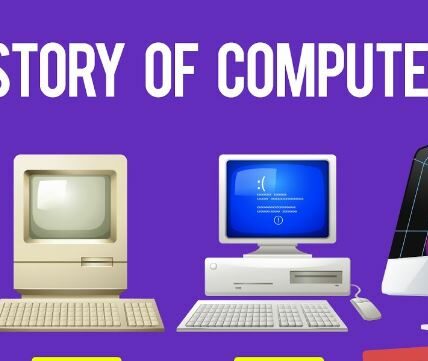In the digital age, computer software and hardware are the backbone of modern technology, powering everything from smartphones and laptops to servers and supercomputers. Understanding the intricacies of software and hardware is essential for navigating the digital landscape and harnessing the full potential of technology. In this comprehensive guide, we’ll delve into the world of computer software and hardware, exploring key components, latest advancements, and essential technologies shaping the digital world.
Computer Software
Computer software refers to a set of instructions or programs that tell a computer how to perform specific tasks or operations. There are two main categories of computer software:
- System Software. System software includes operating systems, device drivers, and utility programs that manage computer hardware resources and provide a platform for running application software. Examples of system software include Microsoft Windows, macOS, Linux, and device drivers for peripherals like printers and graphics cards.
- Application Software. Application software consists of programs designed to perform specific tasks or functions for end-users. This includes productivity software (e.g., word processors, spreadsheets), multimedia software (e.g., media players, graphic design tools), and specialized software for industries like finance, healthcare, and engineering.
Computer Hardware
Computer hardware encompasses the physical components of a computer system that enable it to function and perform tasks. Key components of computer hardware include:
- Central Processing Unit (CPU). The CPU is the brain of the computer, responsible for executing instructions and performing calculations. Modern CPUs come in various architectures and configurations, offering different levels of performance and power efficiency.
- Memory (RAM). RAM (Random Access Memory) temporarily stores data and instructions that the CPU needs to access quickly. More RAM allows for smoother multitasking and faster program execution.
- Storage Devices. Storage devices, such as hard disk drives (HDDs), solid-state drives (SSDs), and flash drives, store data and program files permanently or temporarily. SSDs offer faster read/write speeds and better reliability compared to traditional HDDs.
- Motherboard. The motherboard is the main circuit board of a computer, connecting and interconnecting various hardware components, such as the CPU, RAM, storage devices, and expansion cards.
- Graphics Processing Unit (GPU). The GPU is responsible for rendering graphics and images on a computer display. High-performance GPUs are essential for gaming, multimedia production, and other graphics-intensive tasks.

Advancements in Computer Technology
The field of computer technology is constantly evolving, driven by advancements in hardware and software development. Some of the latest trends and innovations shaping the digital landscape include:
- Artificial Intelligence (AI) and Machine Learning. AI and machine learning technologies are revolutionizing various industries, enabling computers to learn from data, make predictions, and perform tasks that traditionally required human intelligence.
- Cloud Computing. Cloud computing allows users to access computing resources, such as storage, processing power, and software applications, over the internet. Cloud-based services offer scalability, flexibility, and cost-effectiveness for businesses and individuals.
- Internet of Things (IoT). The Internet of Things (IoT) refers to the network of interconnected devices and sensors that communicate and exchange data over the internet. IoT technologies enable smart homes, connected vehicles, and industrial automation, among other applications.
- Quantum Computing. Quantum computing harnesses the principles of quantum mechanics to perform complex calculations and solve problems that are intractable for classical computers. Quantum computers have the potential to revolutionize cryptography, drug discovery, and optimization problems.
Conclusion
Computer software and hardware are the building blocks of modern technology, driving innovation and powering the digital revolution. By understanding the key components, latest advancements, and essential technologies in software and hardware. This is individuals and businesses can leverage the full potential of computing to solve problems, drive productivity, and shape the future of technology. Explore the dynamic world of computer software and hardware, and unlock new possibilities in the digital age.





